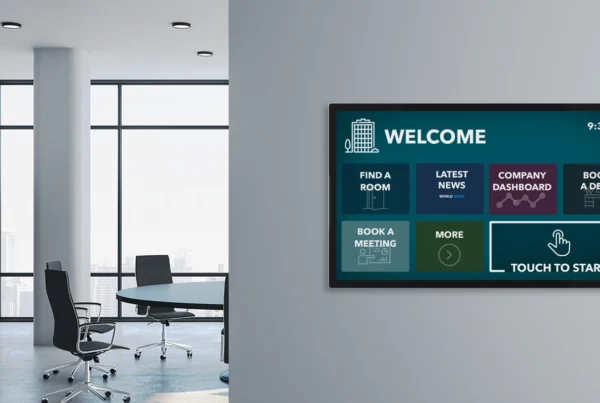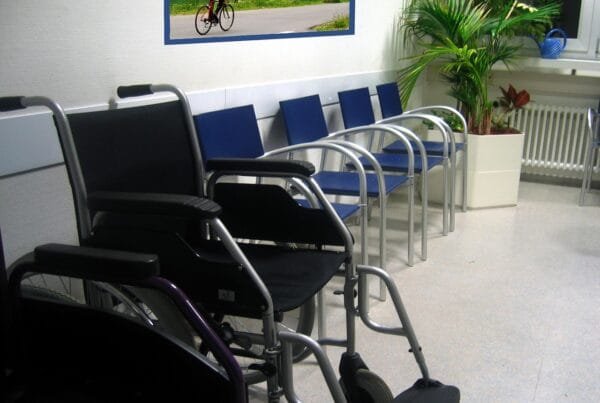Your website is more than a digital brochure — it’s your online storefront, first impression, and often a portal to sensitive business or client data. Yet many small businesses overlook a critical part of their site: security.
Cyberattacks don’t just target big corporations. In fact, small business websites are often low-hanging fruit for hackers looking for easy access, data to exploit, or a site to hijack for scams.
So, what can you do to protect your website — and your business? Here’s a breakdown.
Why Website Security Matters
1. Protects Client Trust
If your website gets hacked, you’re not just dealing with downtime — you’re risking your reputation. Visitors trust you with their data, and a breach can break that trust permanently.
2. Keeps You Visible on Google
Google blacklists hacked websites, and your SEO rankings can plummet. Even worse — visitors may see a “This site may be hacked” warning before they even click your link.
3. Avoids Legal and Compliance Issues
If your site collects personal data, you’re on the hook for protecting it. In some industries, like law or healthcare, failure to do so can violate regulations like HIPAA or consumer protection laws.
Top Website Security Risks
Outdated plugins or themes (especially in WordPress)
Weak or reused passwords
Unencrypted data transfers
No firewall or malware protection
No regular backups
No SSL certificate (HTTPS)
How to Secure Your Website
✅ 1. Use HTTPS
Install an SSL certificate so your website runs on HTTPS. It encrypts data between your visitors and your site — and Google gives secure sites a ranking boost.
✅ 2. Keep Your Website Updated
Whether you’re using WordPress, Shopify, or another CMS, outdated software is a major vulnerability. Regularly update core files, plugins, and themes.
✅ 3. Use Strong, Unique Passwords
Avoid using the same password across platforms, and use a password manager to generate and store strong credentials.
✅ 4. Install Security Plugins
WordPress users should consider trusted security plugins like Wordfence or Sucuri for added layers of protection and monitoring.
✅ 5. Enable Two-Factor Authentication (2FA)
Require 2FA for admin logins to block brute-force attacks even if your password is compromised.
✅ 6. Set Up Regular Backups
Automate daily or weekly backups so you can quickly restore your site in case of an attack or crash.
✅ 7. Limit User Access
Only give admin access to those who absolutely need it. Remove old users and audit permissions regularly.
✅ 8. Monitor for Malware
Use tools or your hosting provider’s dashboard to regularly scan for suspicious code or behavior.
Bonus Tip: Choose a Secure Host
Your hosting provider plays a big role in your website’s security. Look for one that includes:
Daily backups
Malware scanning
Free SSL
Web Application Firewall (WAF)
DDoS protection





